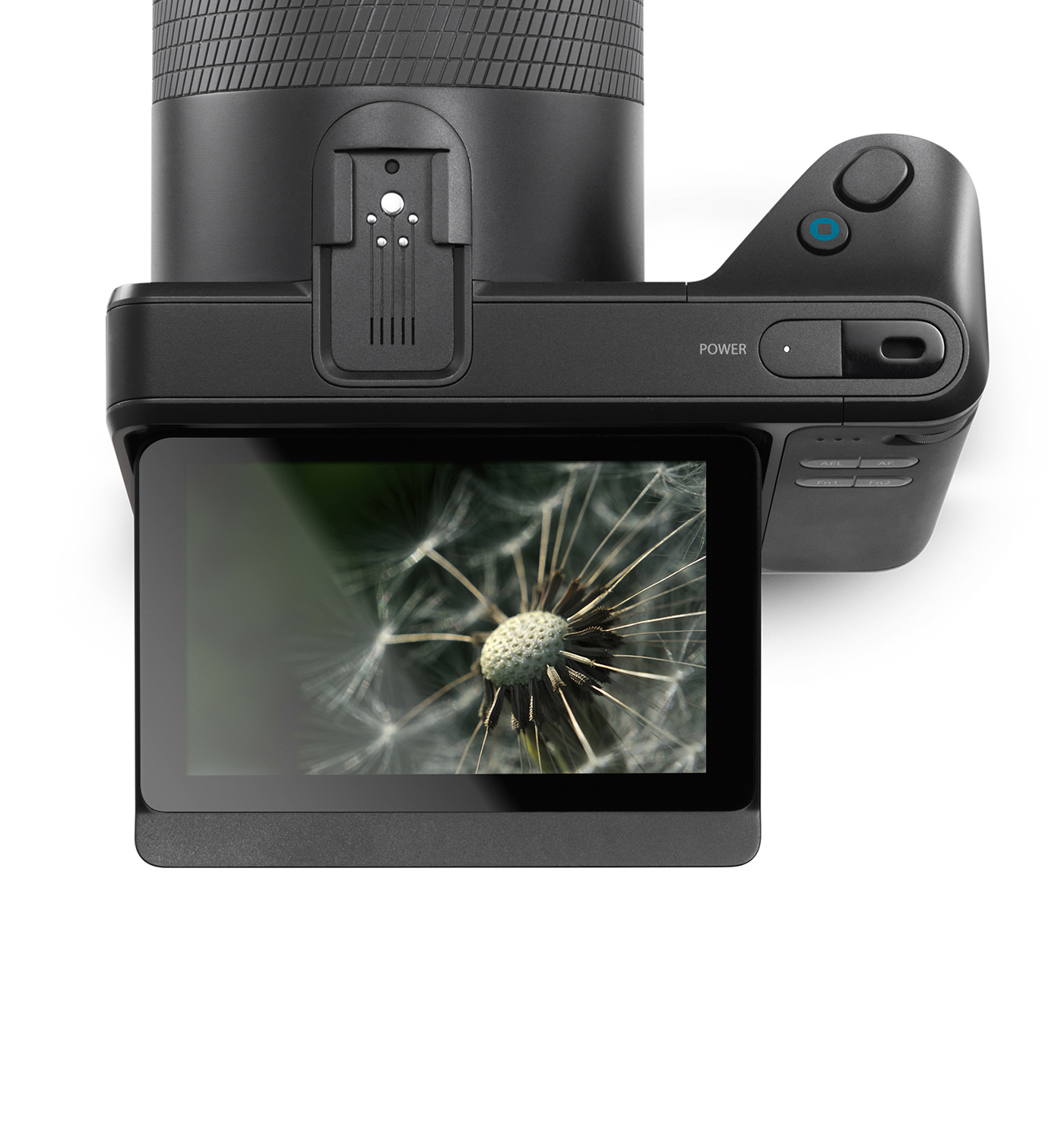
THE LYTRO ILLUM
Lytro is in the business of changing how people take and experience photography. Whereas a conventional camera records a 2D effigy of a scene, Lytro’s plenoptic microlens array captures a 4D light field, enabling photographers to capture ‘living pictures’ that can be refocused or have their perspective shifted after they have been taken. When in 2011 Lytro introduced its first light field camera, media proclaimed that photography is changed forever and investors embraced the promise of computational photography. While Lytro’s first camera unleashed photographers’ imaginations, its small sensor and unique form factor just scratched the surface of the possibilities of light field photography.
With better optics, a better sensor and improved computational capabilities, LYTRO ILLUM pushes the boundaries of computational photography. Intended to bring computational photography to the experienced and sophisticated photographer, LYTRO ILLUM balances Lytro’s vision with the realities of market, technology, and user expectations.
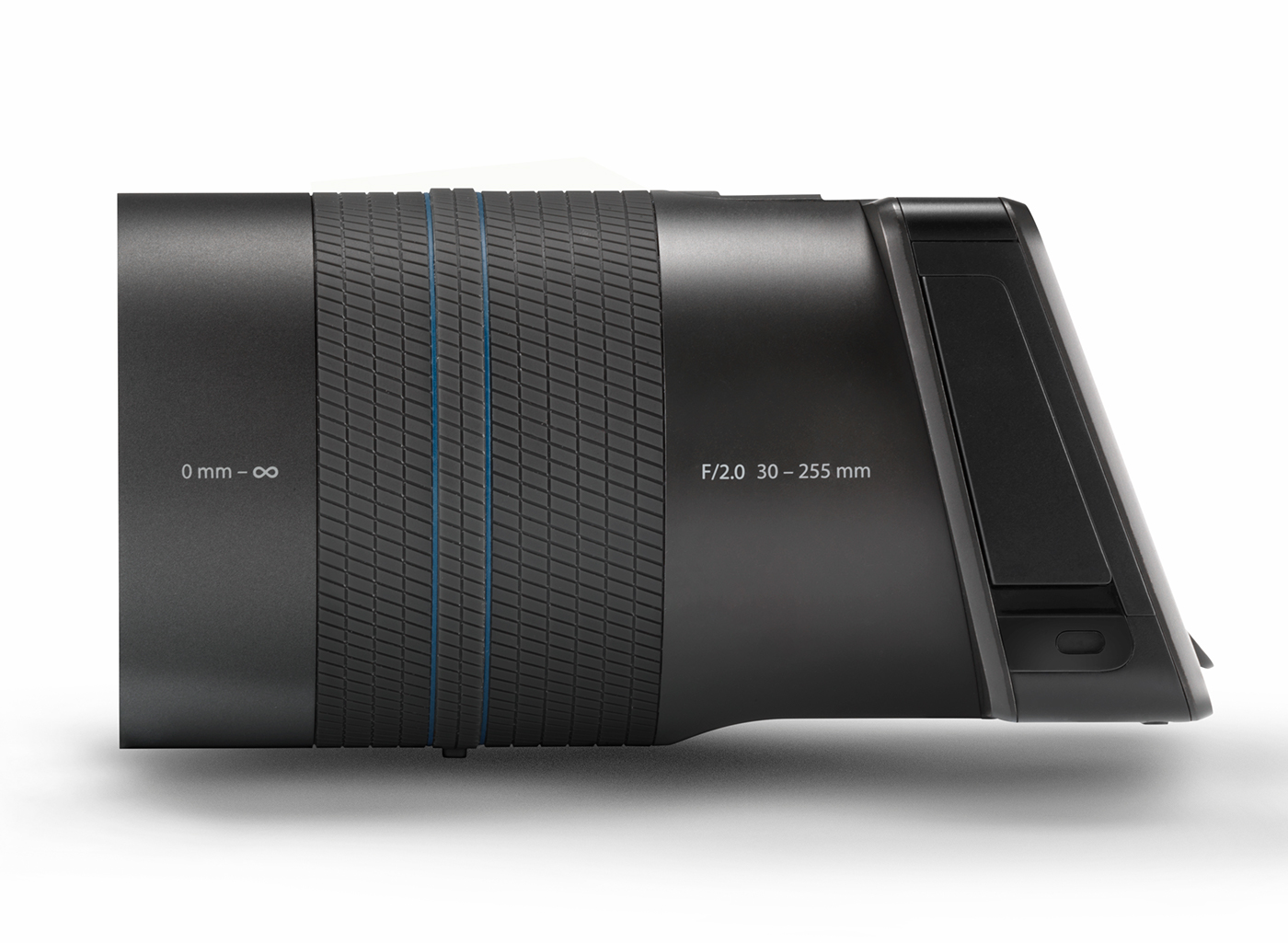


FINDING SIMPLICITY IN COMPLEXITY.
Today’s DSLR has a lot of geometry and a lot of complexity. To set LYTRO ILLUM apart, we aimed for simple, reduced and straightforward design. We sought to eliminate unnecessary complexity, and looked for opportunity in the details: grip, hot shoe, screen, and physical user interface have all been re-interpreted.

SCREEN ADJUSTMENT BY THE TOUCH OF A THUMB.
While LYTRO ILLUM's screen angle is optimized for the 60% of all photos that are taken in landscape orientation, a light tap of the thumb on the lower edge of the display has the monitor pop into a vertical position, allowing for the accurate framing of photographs in portrait orientation. Pulling the screen out for low angle macro shots is just as easy.

FORM, MEET FUNCTION.
Today’s camera designs prioritize either ergonomics or a minimalist appearance. In the former case, the resulting products often lack visual appeal, whereas cameras with simple geometry need to be accessorized to make up for their shortcomings in the areas of usability and handling. LYTRO ILLUM manages to balance the two aspects of design, resulting in an elegant, distinctive and timeless product that is delightful to use and a pleasure to look at.
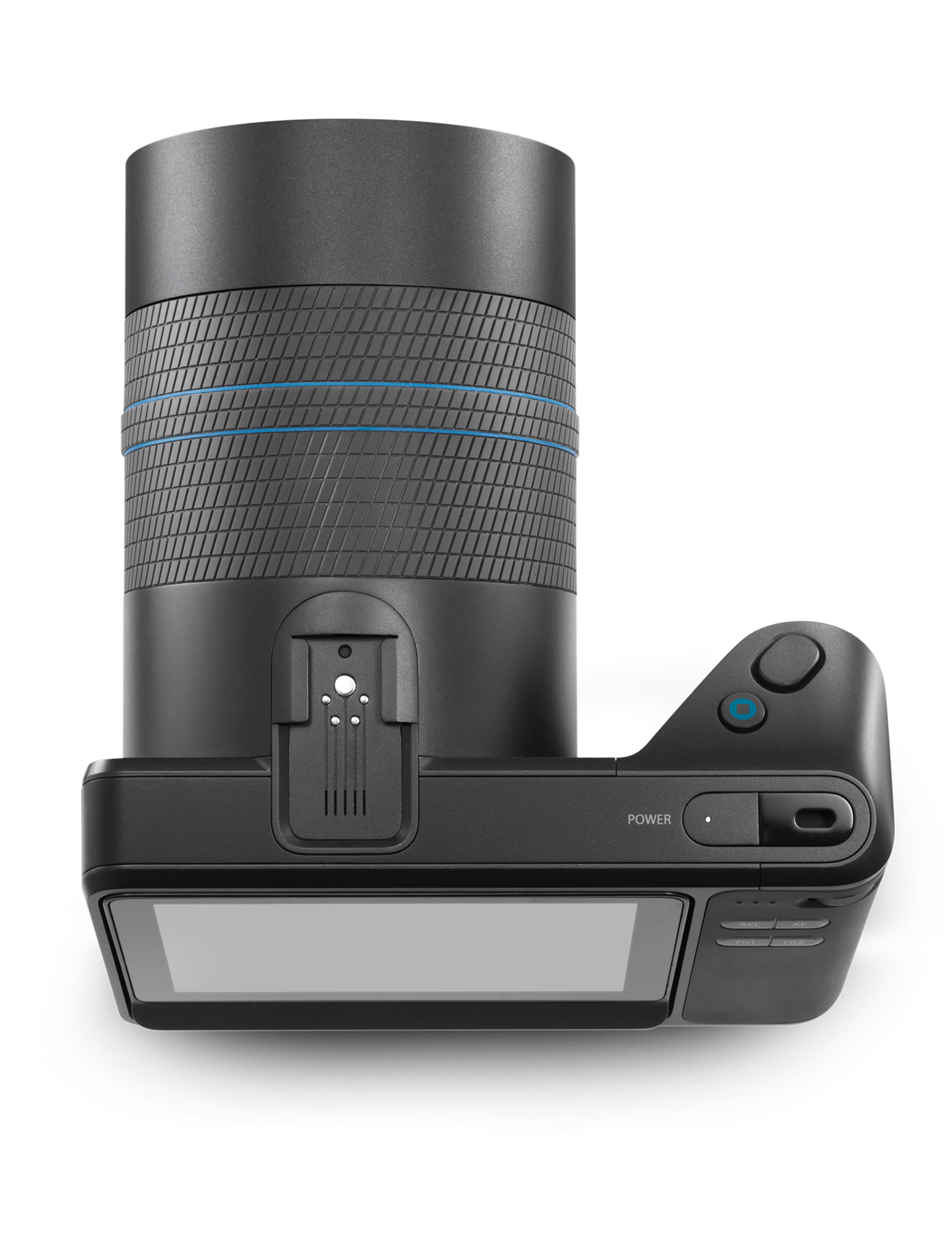

SHOOT BY FEEL
Photographers want their eyes on the scene, not the camera. To make controls simple and easy to locate without looking, we placed them where they would be easy to find. Similarly, the focus and zoom rings are easy to locate and distinguish by touch.
Photographers want their eyes on the scene, not the camera. To make controls simple and easy to locate without looking, we placed them where they would be easy to find. Similarly, the focus and zoom rings are easy to locate and distinguish by touch.


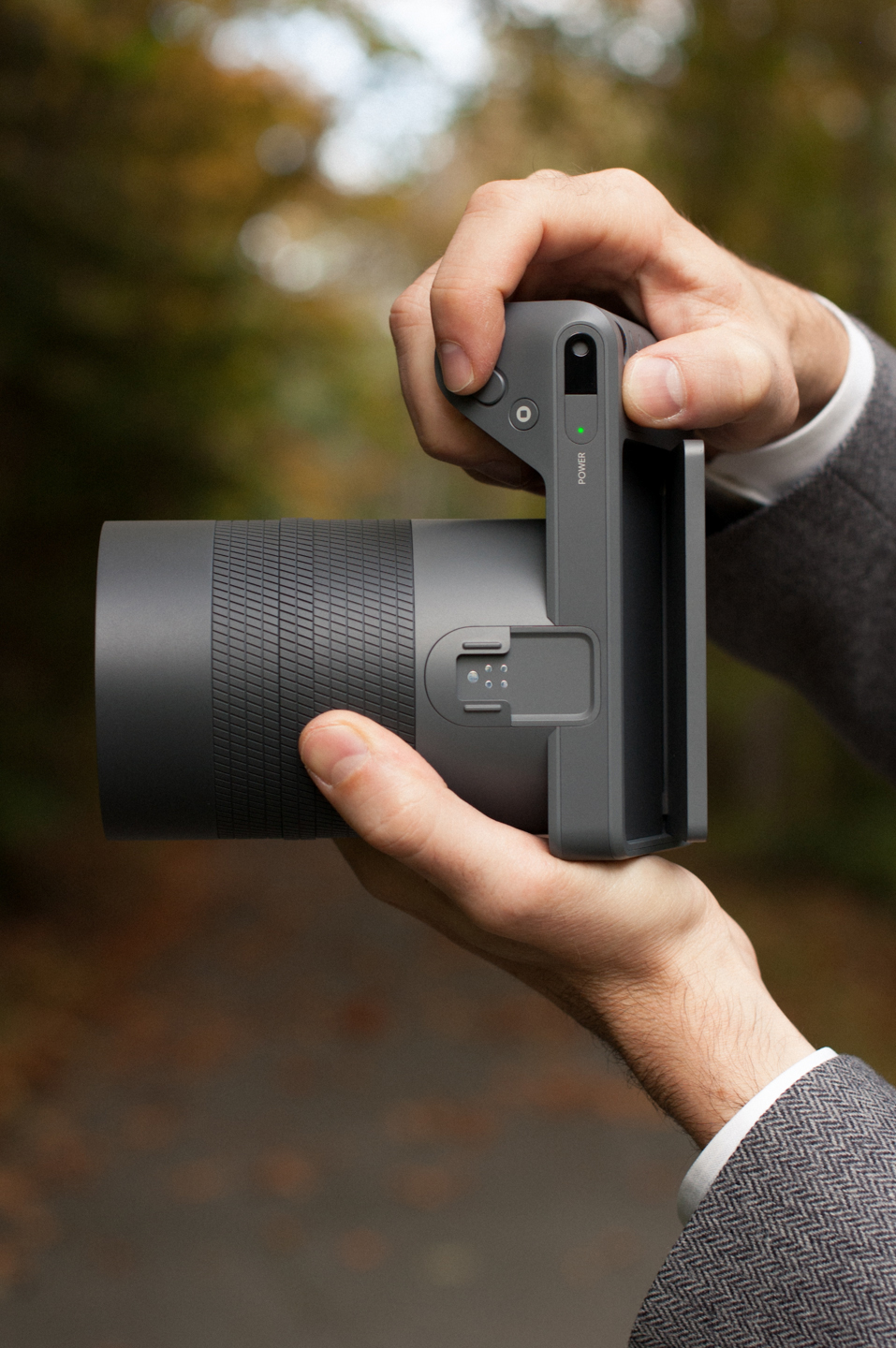
An early prototype of the "screen kick" function.
THE PROCESS

CREATING A NEW FAMILIAR
During my year at Artefact I spent most if it working on the Lytro project - partnered with my long-time friend and colleague Markus Wierzoch. He and I are both highly obsessed with photography and photography gear - in fact, Markus is the official photography expert at Artefact Group, having made some waves a year or two before with his provocative WVIL camera concept.
Being avid camera users, we had both been wanting to design a camera for most of our careers. The traditional SLR camera is an expert's tool - heavily weighed down by tradition and norms that are passed down from generation to generation. Add to this the fact that expert photographers are among the most vocal and critical consumers in the world and you get a product platform which struggles to buck tradition, which produces the same flaws year after year. When the opportunity came to design the next Lytro camera, we both regarded it as a dream project: here was a chance to evolve the exciting Lightfield camera by adopting traditional camera controls and therefore so much more capability - but also, because this was a whole new platform: here was a chance to buck traditions and evolve the conversation about what a high-end camera can be.

GETTING HANDS ON
Markus' ability to quickly generate form studies in the shop allowed us to quickly zero in on ergonomic concepts. We knew right from the beginning that the absence of a viewfinder on the camera would require a new ergonomic approach - one that would allow dynamic positioning of the camera body without sacrificing stability and comfort as well as visibility of the screen. Finding the right solution wasn't easy, and took many iterations. Early on, I was a big advocate for a "toggle" solution, where half of the camera body would swivel like a light switch to adapt to different viewing angles. Markus favored a baked-in angle to the body shape. In the end, a hybrid of the two was the ultimate solution: a baked-in body angle that incorporates a novel "kick" action on the screen to quickly toggle between angled and perpendicular screen orientations.
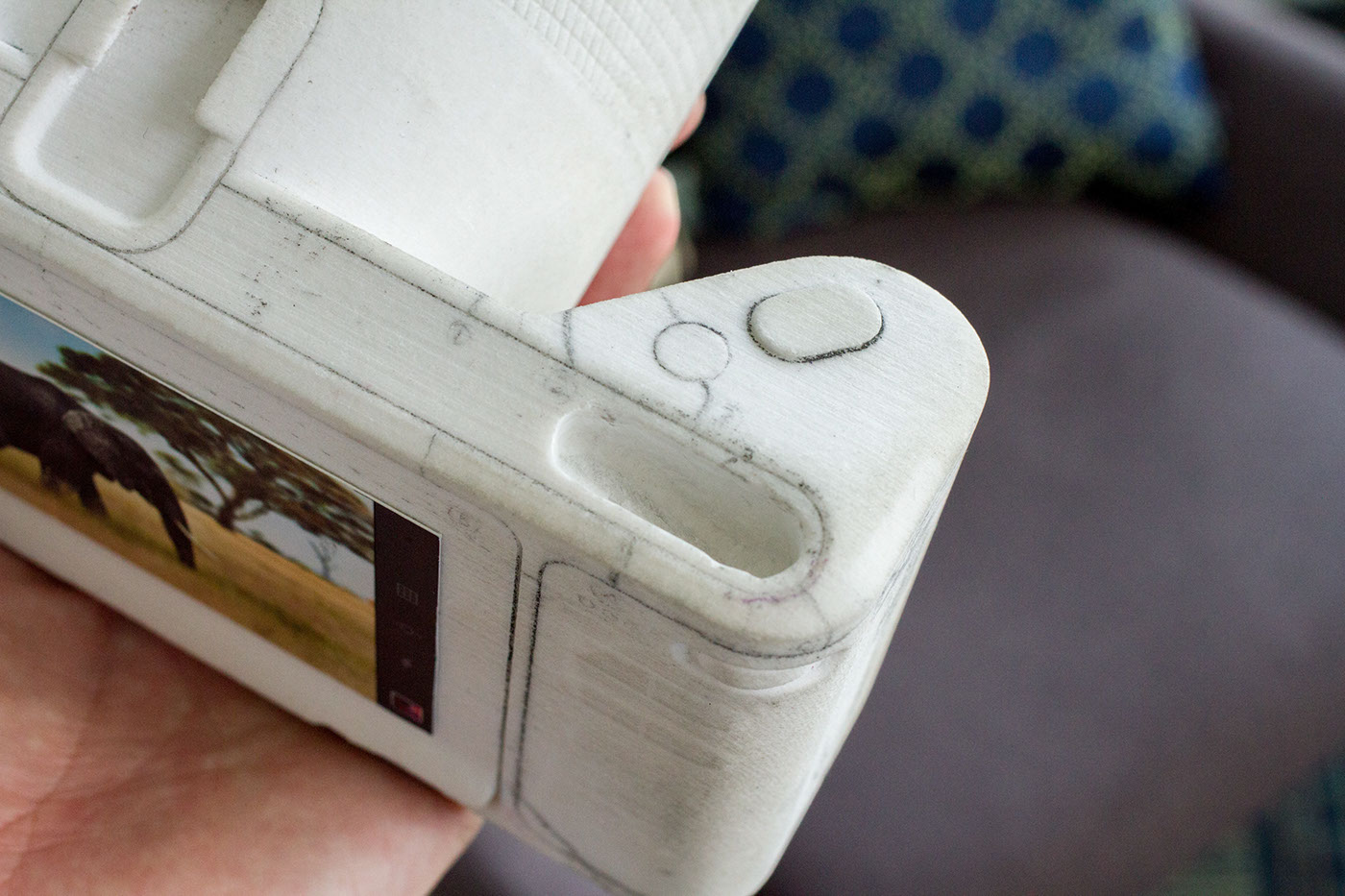
GETTING READY FOR PRODUCTION
Certainly, one of the most rewarding aspects of the project was working out the manufacturing challenges shoulder-to-shoulder with our client Dave Evans. Before his life as Lytro's Design Director, Dave lived numerous incarnations as Product Designer (One&Co/HTC), Manufacturing Innovator (Apple), CAD surfacing specialist (One&Co/HTC), and prototyping mentor (Stanford University) - and this leaves out a multitude of several more adventures in product development Dave has tucked away in his resume. The above picture attempts to show a set of stern faces as we were set on banging out the part breakup and fabrication plan for Illum. I couldn't keep a stern face, working with these guys was just too much fun.
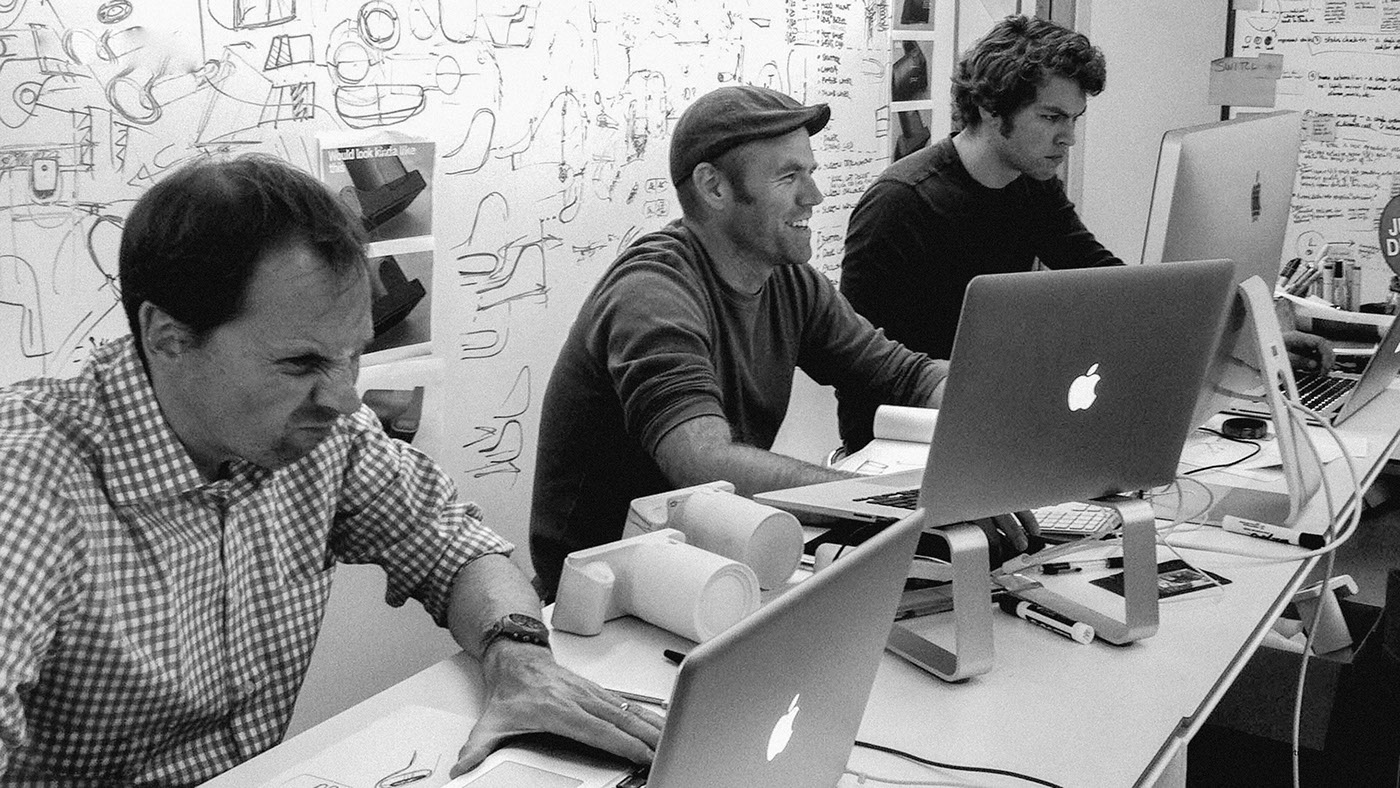


TIME TO PLAY
The best part of designing this camera has been owning the camera :). It's just plain fun - and it's distinctive presence is guaranteed to gather attention on the street or at the park. For me, the additional tools for composition and animation lend another dimension to the creative process.
Kudos and Credits go to the others on the team that worked together to create the finest crafted product we've had the privalege to work on - In particular we would like to mention Dave Evans and Simon Weiss from Lytro who guided and executed this product with incredible mastery and skill.

